Scoliosis is a sideways curvature of the spine that most often is diagnosed in adolescents. While scoliosis can occur in people with conditions such as cerebral palsy and muscular dystrophy, the cause of most childhood scoliosis is not known.
Most cases of scoliosis are mild, but some curves worsen as children grow. Severe scoliosis can be disabling. An especially serious spinal curve can reduce the amount of space within the chest, making it difficult for the lungs to function properly.
Children who have mild scoliosis are monitored closely, usually with X-rays, to see if the curve is getting worse. In many cases, no treatment is necessary. Some children may need to wear a brace to stop the curve from worsening. Others may need surgery to straighten more serious curves.
Symptoms
Symptoms of scoliosis may include:
- Uneven shoulders.
- One shoulder blade that appears more prominent than the other.
- Uneven waist.
- One hip higher than the other.
- One side of the rib cage jutting forward.
- A prominence on one side of the back when bending forward.
With most scoliosis cases, the spine will rotate or twist in addition to curving side to side. This causes the ribs or muscles on one side of the body to stick out farther than those on the other side.
When to see a doctor
Go to your health care provider if you notice signs of scoliosis in your child. Mild curves can develop without you or your child knowing it because they appear gradually and usually don’t cause pain. Occasionally, teachers, friends and sports teammates are the first to notice a child’s scoliosis.
Causes
Health care providers don’t know what causes the most common type of scoliosis — although it appears to involve hereditary factors, because the disorder sometimes runs in families. Less common types of scoliosis may be caused by:
- Certain neuromuscular conditions, such as cerebral palsy or muscular dystrophy.
- Birth defects affecting the development of the bones of the spine.
- Previous surgery on the chest wall as a baby.
- Injuries to or infections of the spine.
- Spinal cord irregularities.
Risk factors
Risk factors for developing the most common type of scoliosis include:
- Age. Signs and symptoms typically begin in adolescence.
- Sex. Although both boys and girls develop mild scoliosis at about the same rate, girls have a much higher risk of the curve worsening and requiring treatment.
- Family history. Scoliosis can run in families, but most children with scoliosis don’t have a family history of the disease.
Complications
While most people with scoliosis have a mild form of the disorder, scoliosis may sometimes cause complications, including:
Breathing problems. In severe scoliosis, the rib cage may press against the lungs, making it more difficult to breathe.
Back problems. People who had scoliosis as children may be more likely to have chronic back pain as adults, especially if their curves are large and untreated.
Appearance. As scoliosis worsens, it can cause more noticeable changes — including uneven hips and shoulders, prominent ribs, and a shift of the waist and trunk to the side. People with scoliosis often become self-conscious about their appearance.


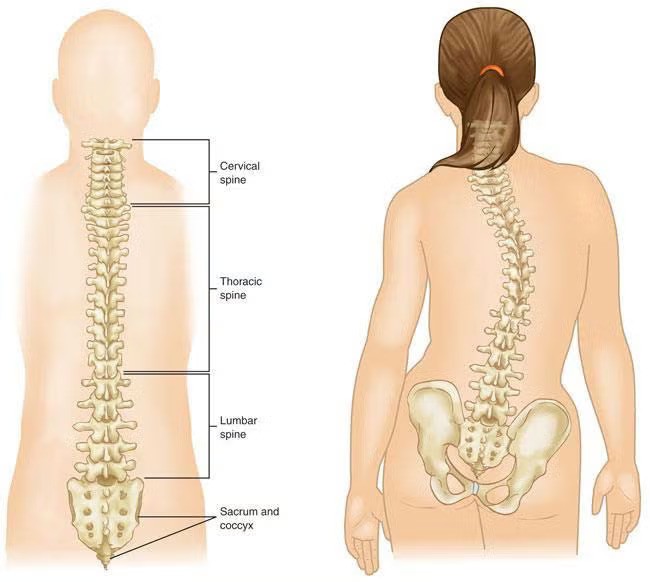
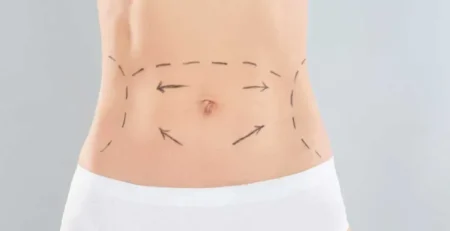
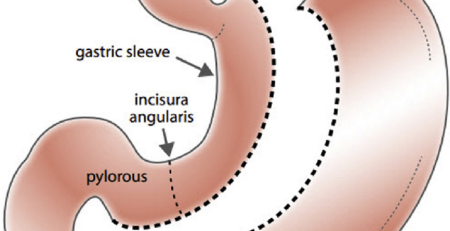
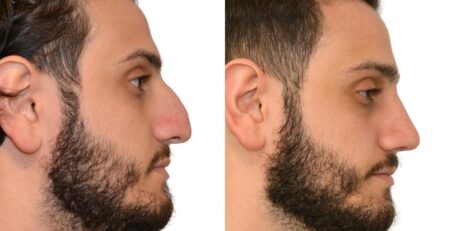
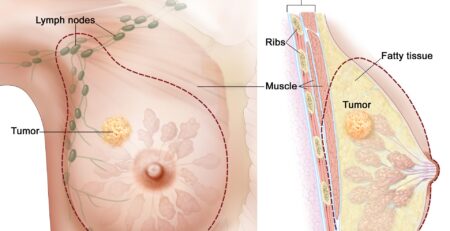
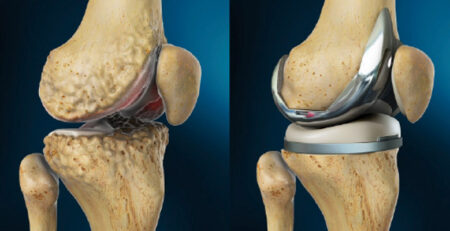

Leave a Reply